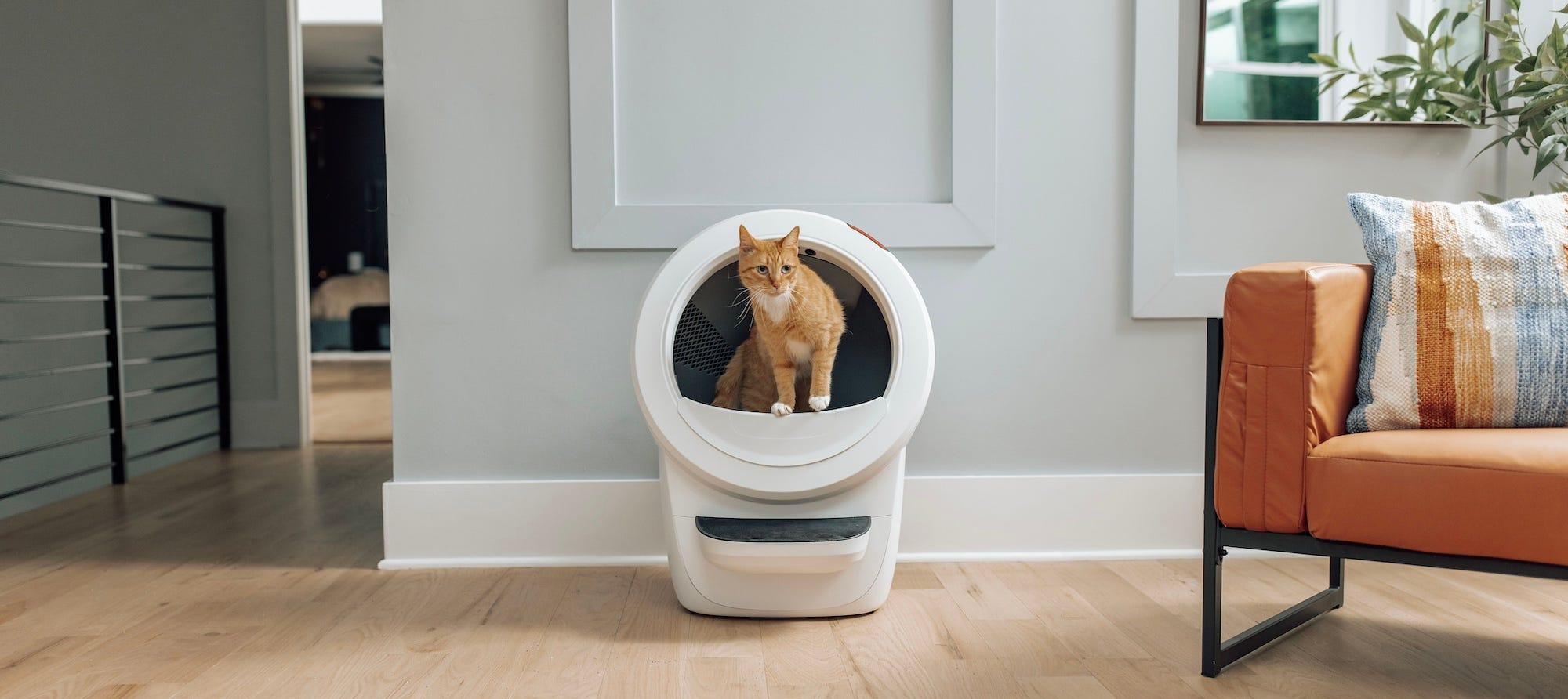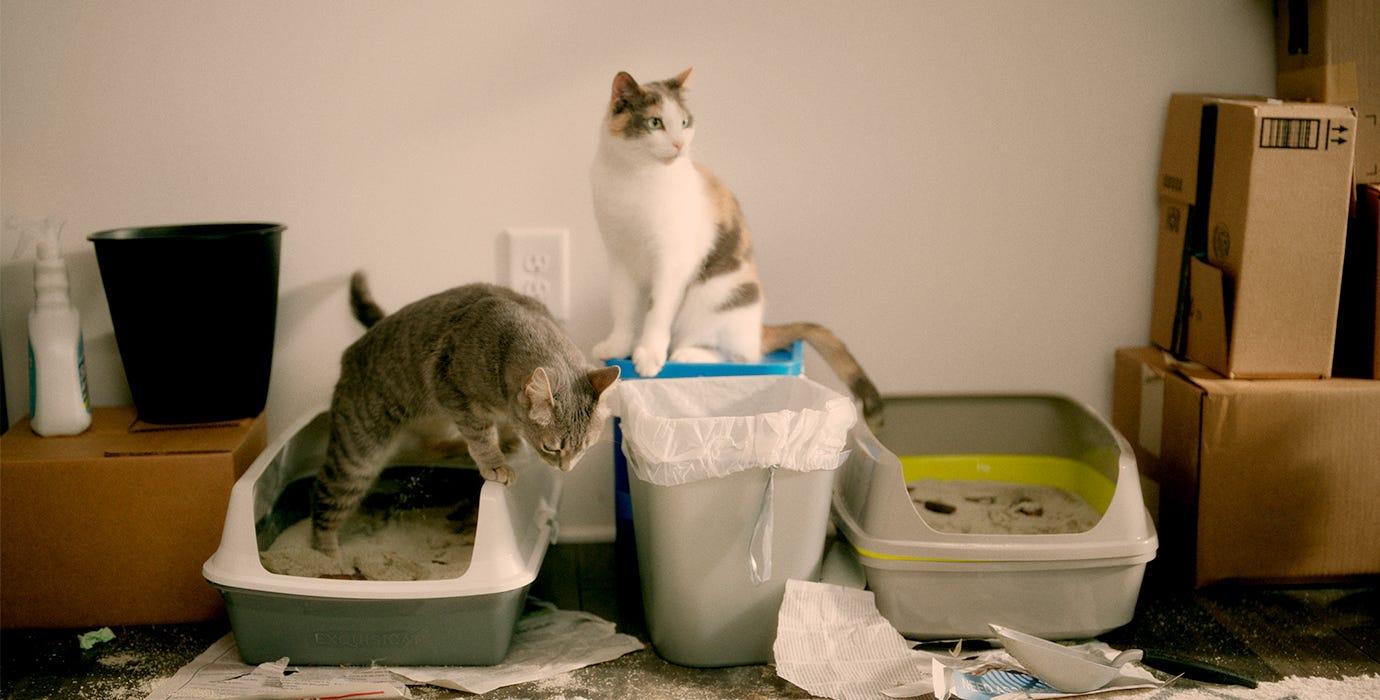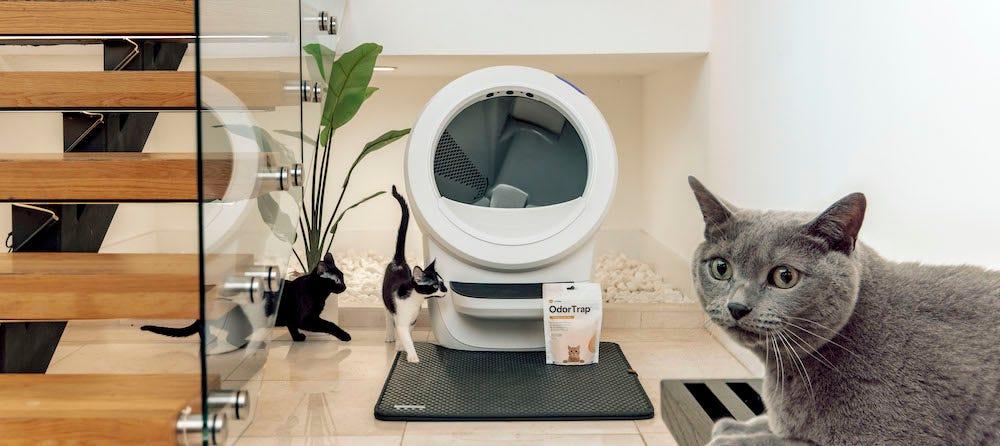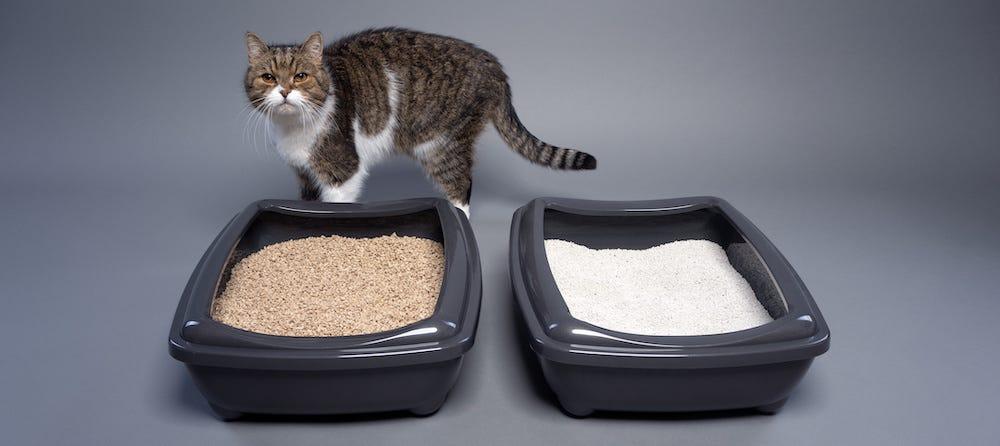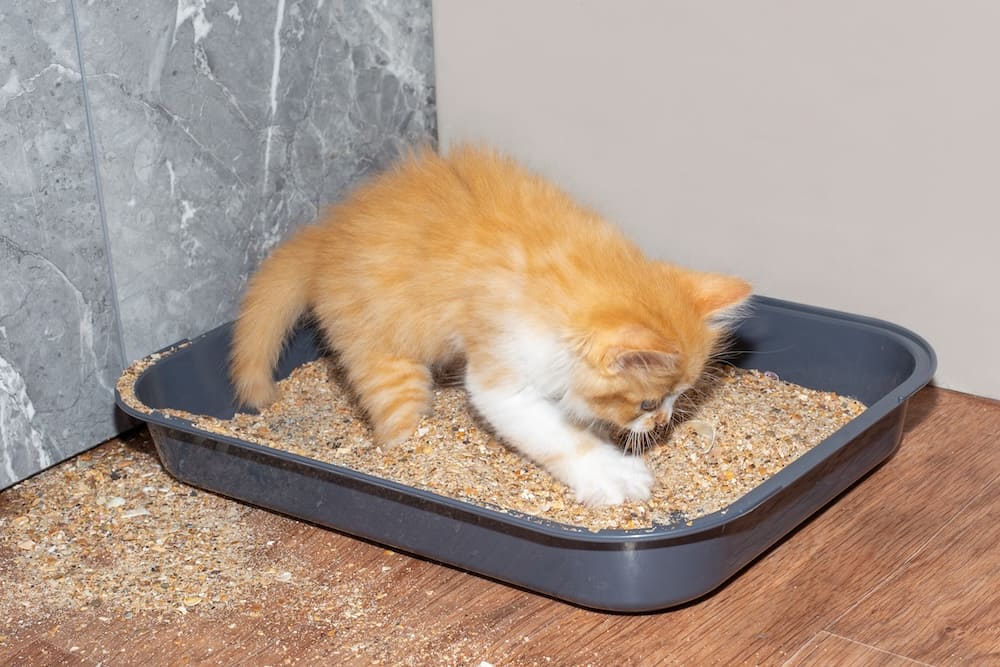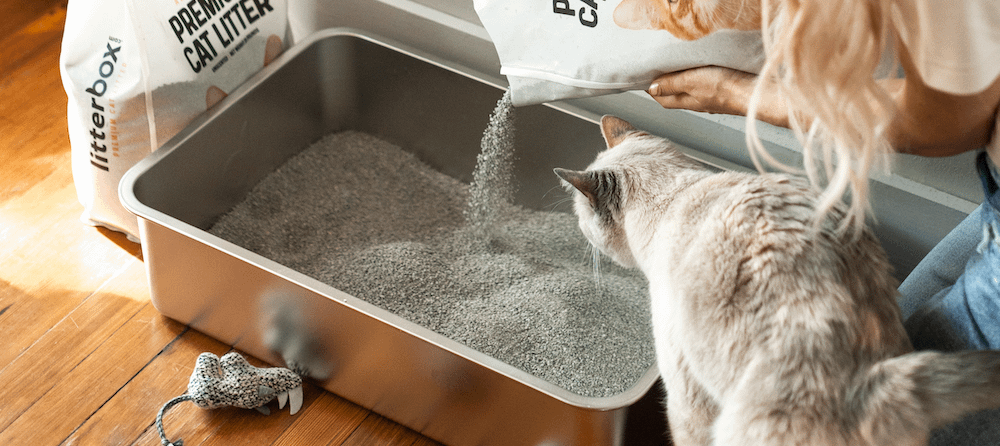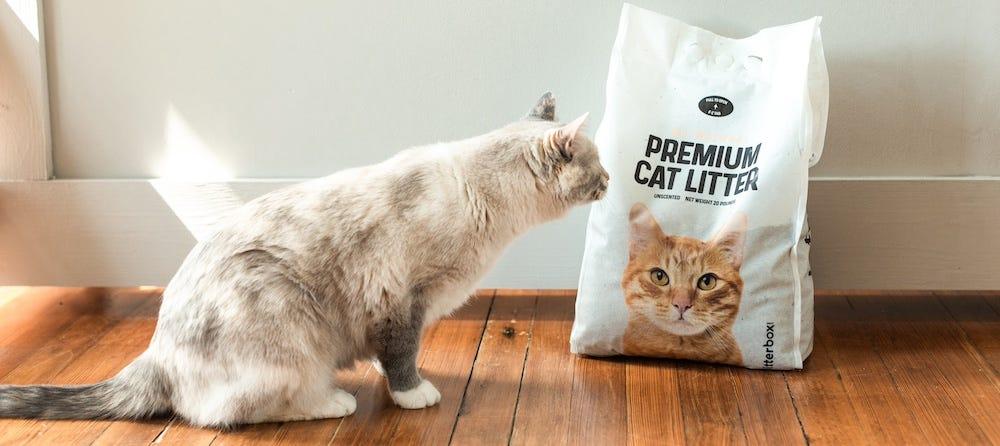Study authored by Jessie Tait of Enspra
A new study conducted by independent product-testing company Enspra has validated Litter-Robot’s reduction in cat litter usage and litter tracking.
The goal of this study was to determine differences in the home environment between traditional litter boxes and Litter-Robot 4. Testing was conducted on several different factors:
- Amount of litter dispersed by the cats during the testing period
- Amount of cat litter used during each testing period
Methods
Participants
Testing was conducted by Jessie Tait, Founder and President of Enspra, a North Carolina-based company specializing in cleaning process auditing and specialized environmental testing.
Four cats were used for the duration of the testing period, ranging in age from 3 years to 16 years. The cats have been living together their entire lives, eliminating the risk of territorial behaviors. Prior to the testing period, all the cats visited the veterinary hospital for a physical examination and were deemed healthy. None are on medication or special diets, and none require special accommodations.
Testing for the traditional litter boxes was performed September 14, 2023–September 25, 2023. Testing for Litter-Robot 4 was performed September 26, 2023–October 7, 2023.
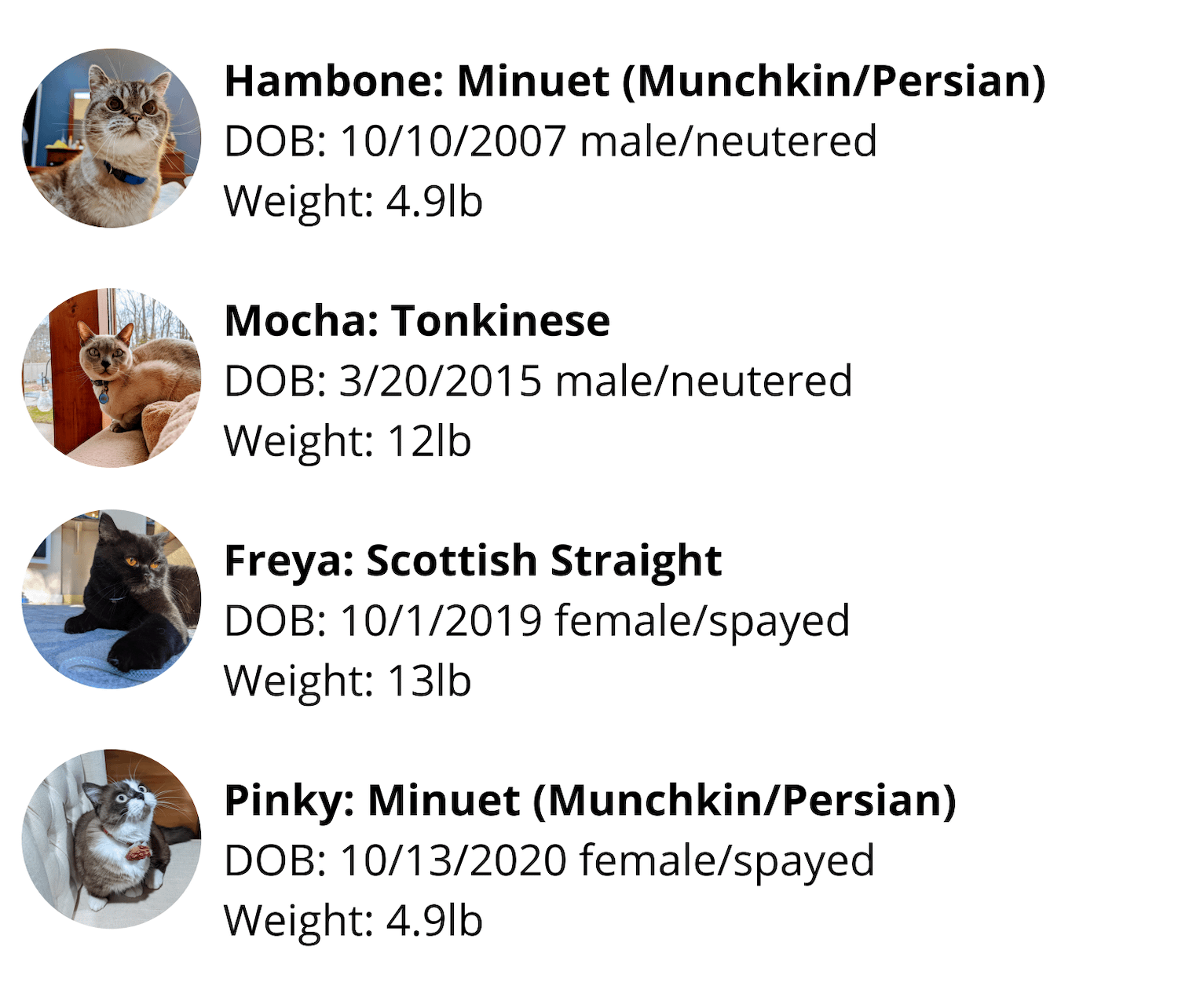
Materials and set-up
The first testing period utilized two large, rectangular traditional litter boxes; the second testing period utilized one Litter-Robot 4 unit. Both Litter-Robot 4 and the traditional litter boxes were unboxed and new prior to testing.
A factory-new scoop was used during the testing of traditional boxes, while Litter-Robot waste drawer liners were used during the testing of Litter-Robot 4.
Sterile booties were worn in the testing room every time the testing director entered. The exact testing areas were not walked on by any persons, just the subject cats.
Cameras were positioned at testing areas 24/7 during testing periods.
A lab bench was positioned outside of the room and testing areas in order to weigh and measure litter and hold gloves and booties.
Sanitization
Enspra utilized a three-step sanitizing process before each test began.
- Clean: Floors were washed with hot water and a Mr. Clean cleaner.
- Disinfect: After drying, Smart Touch, a hospital-grade disinfectant, was used and left until dry.
- Sanitize: Pure water in the form of steam was used prior to equipment going back into the room. This killed any remaining bacteria and removed any build-up of cleaning residue. It is safer for the cats.
Results
Litter usage
The litter usage test was conducted to determine how much litter two traditional litter boxes used versus how much litter Litter-Robot 4 used over their respective testing periods.
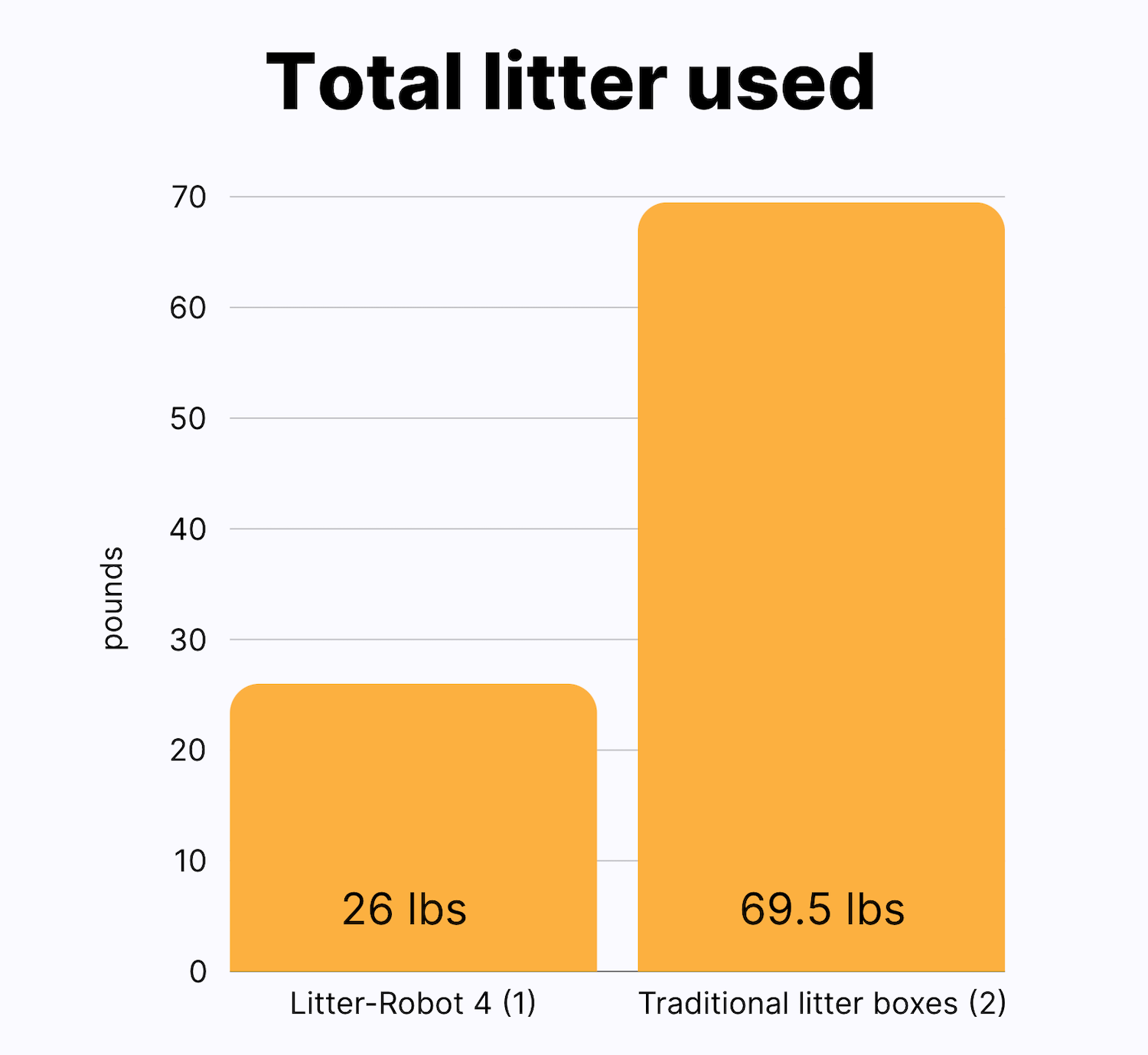
Litter-Robot 4 used 63% less litter than two traditional litter boxes.
The basics:
- A leading-brand unscented clumping cat litter was used.
- Litter was measured in a container and weighed 26 ounces per cup. Each cup was counted.
Traditional litter box litter usage:
- On set-up day, two boxes were filled to a depth of 3", as recommended by veterinarians, the litter manufacturer, and research data—for a total of 33.75 pounds of litter.
- Scooping was conducted every third day on the traditional litter boxes. Litter was added as needed to maintain the 3-inch fill line in each box.
- Including the initial fill of the boxes, the total litter used over the 11-day study was 1,112 ounces, or 69.5 pounds.
Litter-Robot 4 litter usage:
- On set-up day, litter was added to the globe to just below the MAX fill line, as recommended by Whisker—for a total of 9.75 pounds of litter.
- The Litter-Robot waste drawer was emptied when full. Litter was added as needed to meet the MAX fill line or just below.
- Including the initial fill of the globe, the total litter used over the 11-day study was 416 ounces, or 26 pounds.
Litter tracking
The litter tracking test was conducted to determine how much litter was dispersed by cats while using two traditional litter boxes versus how much litter was dispersed while using Litter-Robot 4 over their respective testing periods.
![]()
Cats using Litter-Robot 4 tracked 62% less litter than they did while using traditional litter boxes.
Testing methods included the following:
- Scattered litter on the floor was only taken from the area of testing and included the entire room and the area of testing outside the litter room.
- Litter was collected by pan and hand brush, then transferred into a small metal dish before being weighed on a scale.
- No other cleaning/vacuuming/collection method was used in the area during the entirety of the testing.
- No litter mat or item was on the floor to control the spread of litter during either testing.
Testing of the traditional litter boxes resulted in 940 grams, or 33.7 ounces, of scattered litter. Testing of Litter-Robot 4 resulted in 360 grams, or 12.7 ounces, of scattered litter.
What this means for pet parents
Less litter used helps reduce costs
The results of the litter usage study suggest that the more cats in a household, the higher the cost savings and return on investment while using Litter-Robot 4.
This is especially impactful in multi-cat households where the recommended number of traditional litter boxes is the number of cats in the household, plus one.
Less litter tracked helps maintain a cleaner home
Jessie Tait, the study’s director, noted that litter that is dispersed throughout the testing area has been in contact with fecal matter and urine, dispersed by the cats’ feet.
It can be determined that less litter dispersion helps to maintain a cleaner environment than more litter dispersion. Constant cleaning of pet waste will help to reduce the total amount of urine and fecal matter spread in the home.
If there are immunocompromised humans (including pregnant people) or animals cohabitating, it is highly recommended to clean and disinfect all surfaces frequently. Frequent cleaning of litter boxes and scattered litter will help to maintain a cleaner environment.
Moving forward
This exciting study confirms that Litter-Robot 4 is the best litter box for messy cats, multiple-cat households, and so much more.
“These findings are a testament to Litter-Robot’s superior engineering and attention to detail with each product decision that we make,” said Jacob Zuppke, Whisker President and CEO. “We design, assemble, and service our products right here in America, and pride ourselves on an innovative approach to making life with our pets endlessly better.”
The study reaffirms the need for ongoing testing as Whisker continues to build products that improve the happiness of pets and pet parents alike.
Read the full study here.
Disclaimer
*This study was partially funded by Whisker but Whisker did not take any role in data analysis or writing. Individual results will vary.
